- Secunderabad - 500003 TG, India.
- (+91) 93477 34302
- sales@powerequipment.in


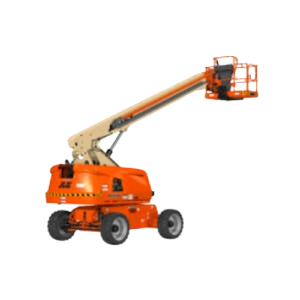
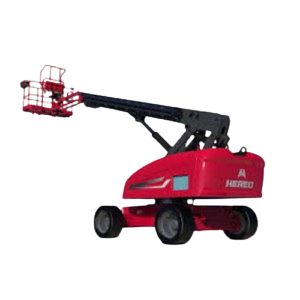
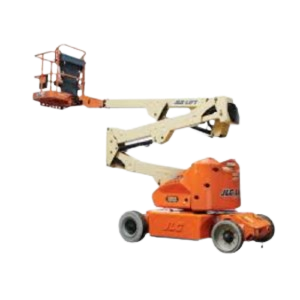
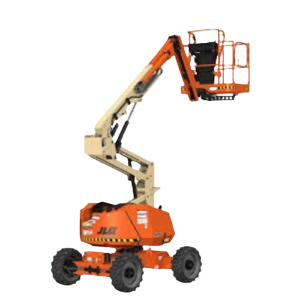
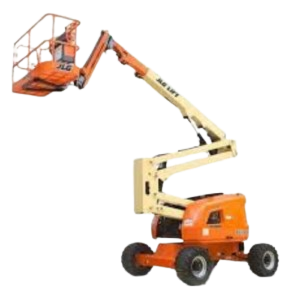
| Specification | Typical Value |
| Types of Boom Lifts | Articulating Boom Lifts (Knuckle Booms): Flexible, with joints allowing the arm to bend and reach over obstacles. Telescopic Boom Lifts (Straight Booms): Provide greater horizontal reach and direct upward lift. |
| Working Height | Typical range: 10 meters (33 feet) to 45 meters (148 feet). Specialized models: Up to 60 meters (197 feet) or more. |
| Platform Height | 6 meters (20 feet) to 40 meters (131 feet), depending on model. |
| Horizontal Reach / Outreach | 6 meters (20 feet) to 24 meters (79 feet) or more. |
| Lift Capacity | Typical range: 227 kg (500 lbs) to 700 kg (1,500 lbs). High-capacity models: Up to 1,000 kg (2,200 lbs). |
| Platform Size | Typical size: 0.8 meters x 1.8 meters (2.5 feet x 6 feet) to 2.5 meters x 7 meters (8 feet x 23 feet). |
| Power Source | Electric Boom Lifts: Powered by 24V to 48V batteries, ideal for indoor use. Gas/Diesel Boom Lifts: Gasoline, diesel, or hybrid engines, suited for outdoor use and rough terrain. Hybrid Boom Lifts: Combine electric and diesel power for both indoor and outdoor applications. |
| Dimensions (When Stowed) | Length: 4 meters (13 feet) to 10 meters (33 feet). Width: 1.8 meters (6 feet) to 2.5 meters (8 feet). Height: 2.2 meters (7.2 feet) to 3 meters (10 feet). |
| Turning Radius | Zero-degree turning radius (can rotate on the spot), with some models offering outriggers for added stability. |
| Tires | Non-marking tires for electric models used indoors. Rough-terrain tires for outdoor use, designed for gravel, dirt, and uneven surfaces. |
| Stabilizers / Outriggers | Deployable arms that extend for added stability, especially on uneven ground. |
| Slew Range / Rotation | Many boom lifts offer a 360-degree rotation for versatile platform positioning. |
| Speed | Travel speed: Diesel-powered models typically reach 6 to 8 km/h (3.7 to 5 mph). Lifting and lowering speeds: Typically 20 to 40 seconds for full extension/retraction. |
| Controls | Platform controls for height, extension, and rotation management. Ground controls for setup and troubleshooting. |
| Safety Features | Emergency Lowering System: Manual system to lower the platform in case of power failure. Overload Sensors: Prevents operation if the weight exceeds the rated capacity. Safety Harness Points: For securing the operator at height. Tilt Sensors: Prevents operation on unstable ground. Platform Guardrails: To ensure operator safety. |
| Environmental Suitability | Indoor Use: Electric or hybrid boom lifts, quiet and environmentally friendly. Outdoor Use: Diesel and rough-terrain models handle rugged environments. |
| Applications | Common uses include building maintenance, construction, tree trimming, film production, signage installation, and electrical/telecom work. |
The specification chart provides an overview of manual hand pallet trucks’ key features, though actual measurements can vary by manufacturer and model. Always check the product manual or consult with a supplier for specific information.
We offer reliable a forklift rental solutions for industrial equipment, helping businesses boost productivity with our versatile and high-quality products.
Copyright @ powerequirement-2024 . All rights are reserved.Designed by Digianalytic
WhatsApp us